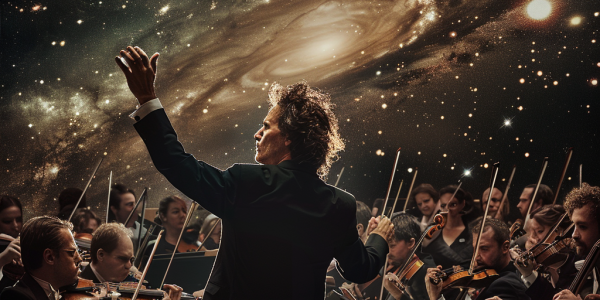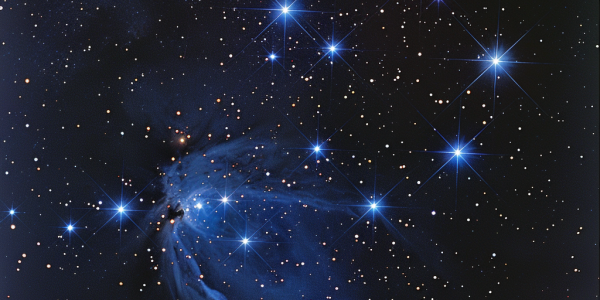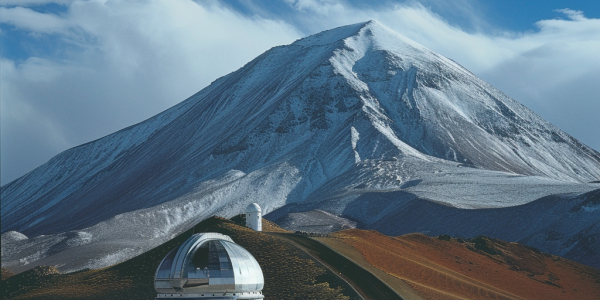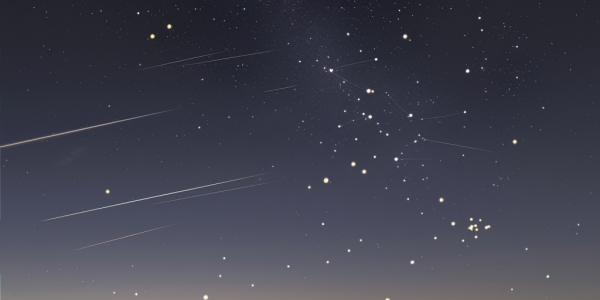Safely Observing the Sun: Tips and Tools
Learn how to safely observe the Sun without damaging your eyes. Discover the different types of filters, such as white-light filters and hydrogen-alpha filters, that can be used with telescopes to view the Sun’s activity. Find out how to make the most of your eclipse glasses and other tools for safe solar observation.
Symphony of Planet 9: A Musical Ode to the Mysterious Celestial Body
Experience the captivating symphony inspired by the mysterious Planet 9, composed by Miami Symphony conductor Eduardo Marturet and performed by the Caltech orchestra. Delve into the gravitational dynamics of our solar system through this musical masterpiece, a collaboration between Marturet and Planet 9 researcher Konstantin Batygin. Recent breakthroughs reignite hope for discovering Planet 9, supported by compelling evidence presented in a new paper by Batygin, Brown, Morbidelli, and Nesvorny. Explore the avant-garde narrative of Planet 9 taking on a life of its own, as the symphony delves into the intellectual pursuit behind the hypothesis.
Exploring the Mysteries of Alkaid: The Big Dipper’s Handle
Explore the mysteries of Alkaid, a captivating B-type star located in Ursa Major. With a blue hue, mass 6.1 times that of our Sun, and radius 2.9 times larger, Alkaid stands out in the night sky. Learn about the classification of stars, Alkaid’s unique characteristics, and how it offers a glimpse into the vast array of stellar types in our universe.
Rare Celestial Event: Star in Corona Borealis Constellation Set to Explode
A rare celestial event is on the horizon as a star in the Corona Borealis constellation is set to explode. Known as the recurrent nova, T Coronae Borealis, this star experiences an outburst approximately every 80 years, with the next anticipated event expected to occur sometime between now and September. Sky gazers can anticipate witnessing a once-in-a-lifetime event as astronomers and stargazers prepare to observe this extraordinary phenomenon. Stay tuned for updates and be ready to witness this spectacular event unfold in the night sky, showcasing the beauty and wonder of our universe.
Colossal Black Hole Discovered Near Dawn of Time
Scientists have made a groundbreaking discovery by finding a colossal black hole near the dawn of time, residing in one of the earliest galaxies in the universe. The supermassive black hole, located at the core of GN-z11, sheds light on the early formation of these cosmic giants. Recent observations suggest that supermassive black holes may have their origins in the dense cores of starburst galaxies, but the exact mechanisms remain a mystery.
Dogged Dark Matter Hunters Find New Hiding Places to Check
New experiments are being conducted to search for ultra-lightweight particles as potential candidates for dark matter, as physicists move away from traditional WIMP and axion paradigms. Researchers believe that dark matter may not be simple and could consist of a variety of particles, challenging previous assumptions and theories.
Hubble Space Telescope Explores Supernova Factory in Galaxy UGC 9684
Explore the supernova factory in galaxy UGC 9684 with the Hubble Space Telescope, located 240 million light-years away in the constellation Boötes. Known for its frequent supernova events and active star formation, this galaxy has captured the attention of astronomers in recent observations, showcasing classic galactic features and serving as a host for multiple Type-II supernovae since 2006.
Japanese University of Tokyo Atacama Observatory (TAO) Opens as World’s Highest Astronomical Site
The Japanese University of Tokyo Atacama Observatory (TAO) has opened as the world’s highest astronomical site, located at a staggering altitude of 5,640 meters in the Chilean Andes. Equipped with a 6.5-meter telescope and advanced infrared observation instruments, TAO aims to delve into galaxy evolution and exoplanet studies. The strategic location on Cerro Chajnantor offers minimal atmospheric interference and a perpetually dry climate, setting the stage for groundbreaking discoveries in astronomical research.
Celestial Events to Dazzle the Night Sky This Week
This week, the night sky is set to dazzle with celestial events as Earth crosses paths with Halley’s Comet trail and Neptune makes a special appearance. From meteor showers to planetary alignments, there’s plenty to look forward to in the world of astronomy. The highlight of the week culminates on Sunday with the peak of the Eta Aquariid meteor shower, anticipated to produce around 20 to 30 meteors per hour, promising a mesmerizing display for sky watchers.
Rare Energetic Neutrinos Detected by IceCube Observatory
Learn about the trillion tiny particles called neutrinos that pass through you every second. Discover how IceCube Neutrino Observatory detected rare energetic astrophysical neutrinos, bringing researchers closer to understanding their production. With 5,000 sensors observing a gigaton of ice under the South Pole, IceCube plays a crucial role in large neutrino experiments.










